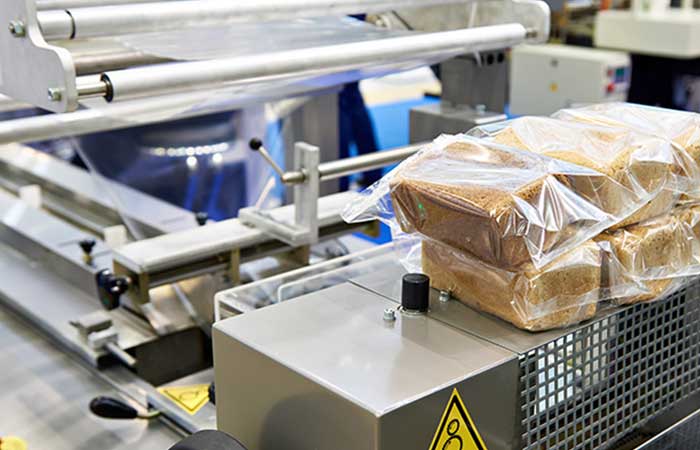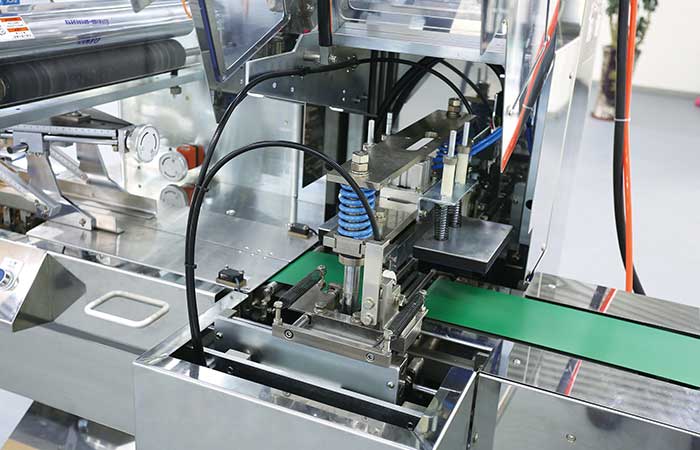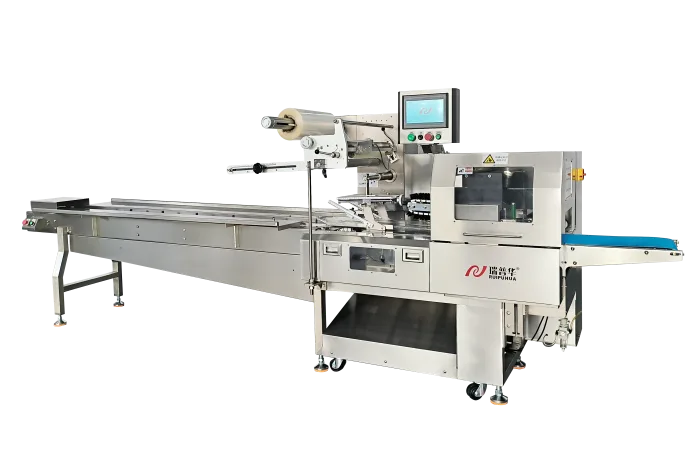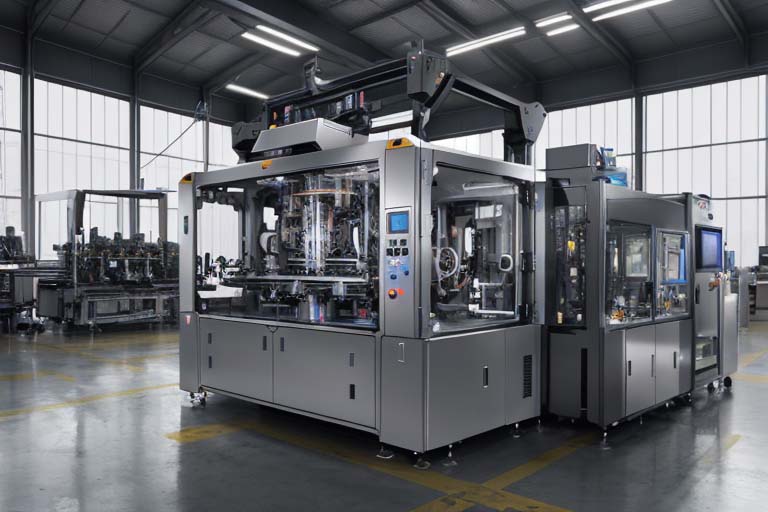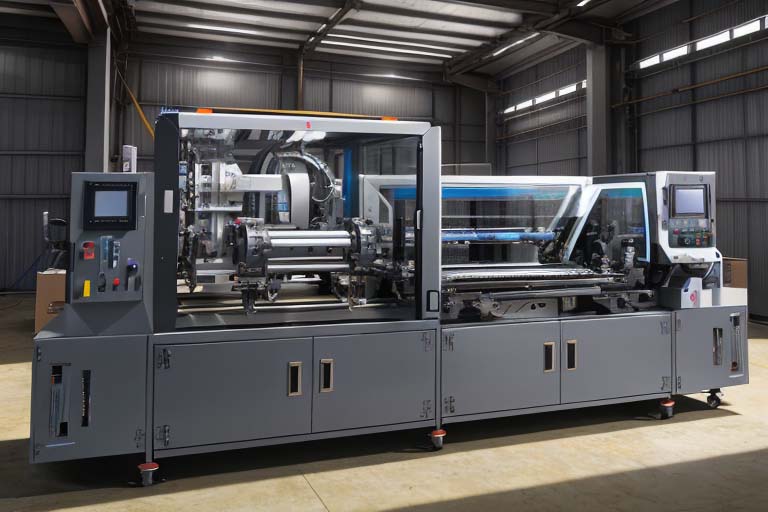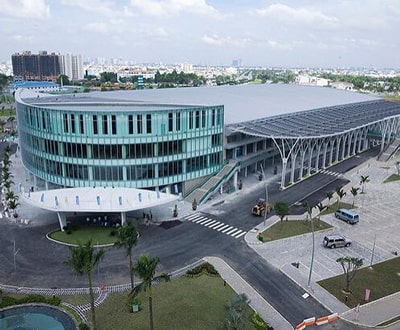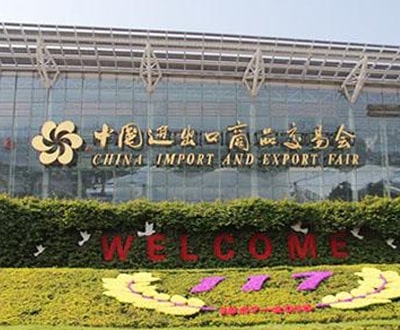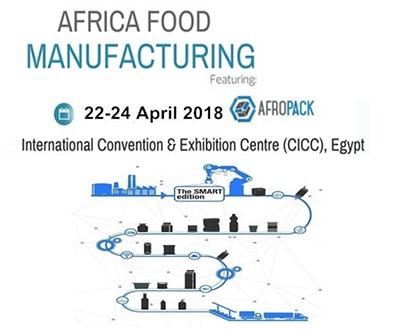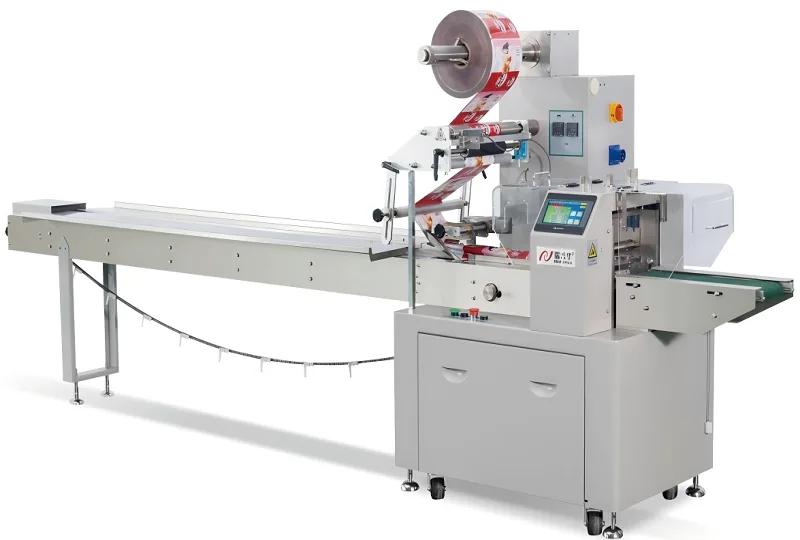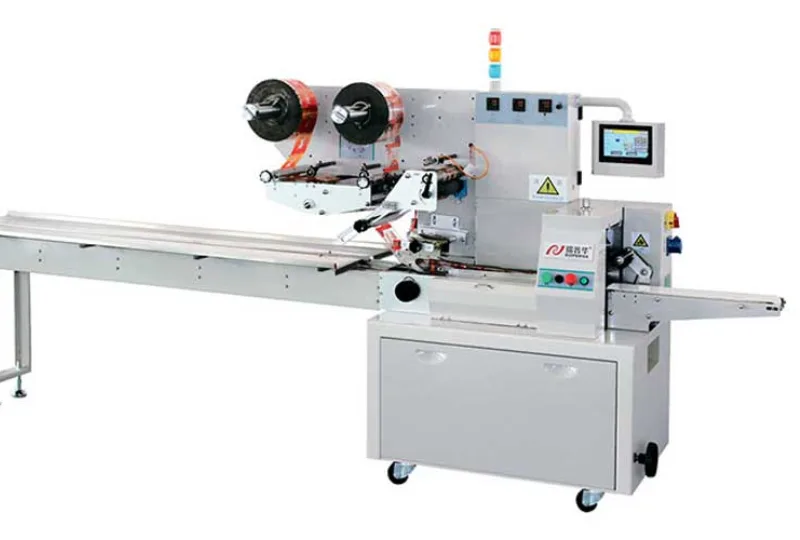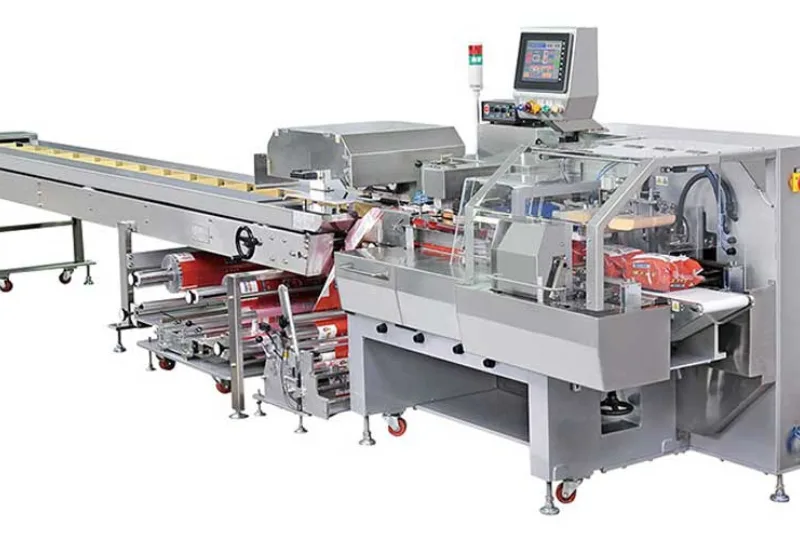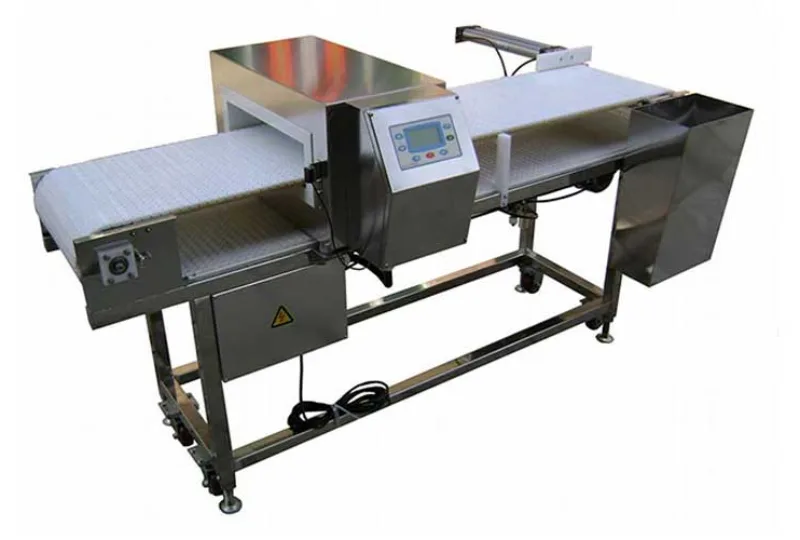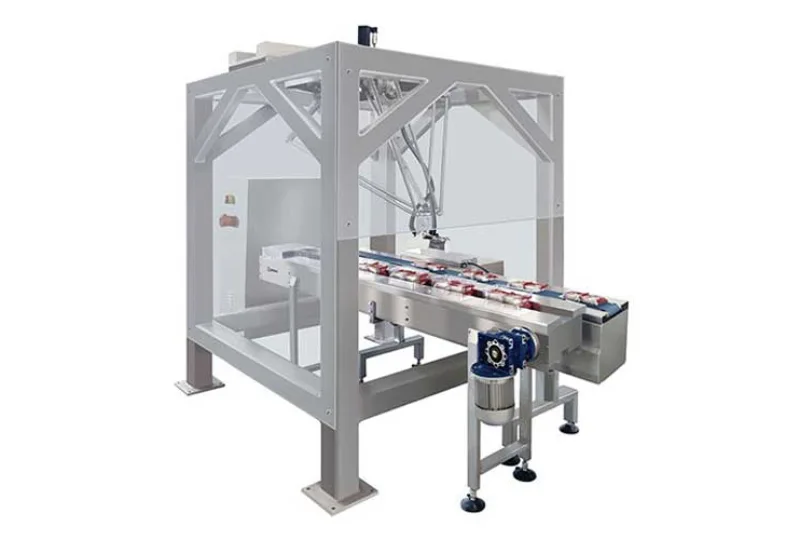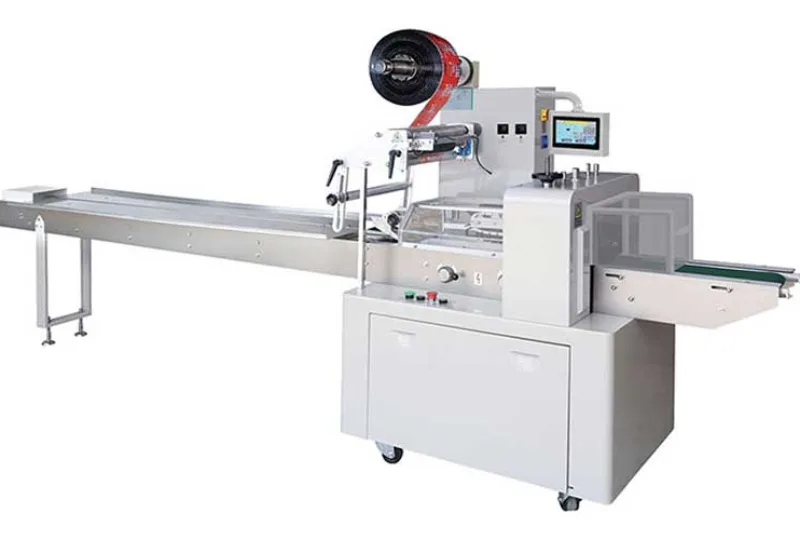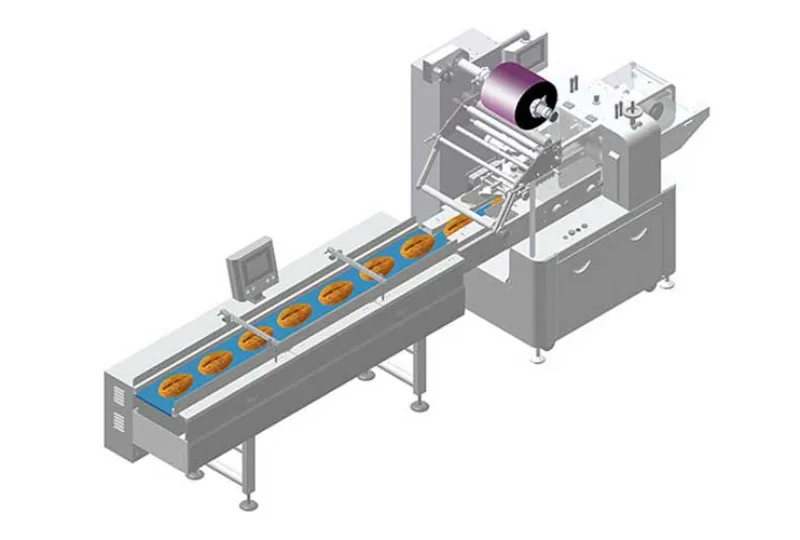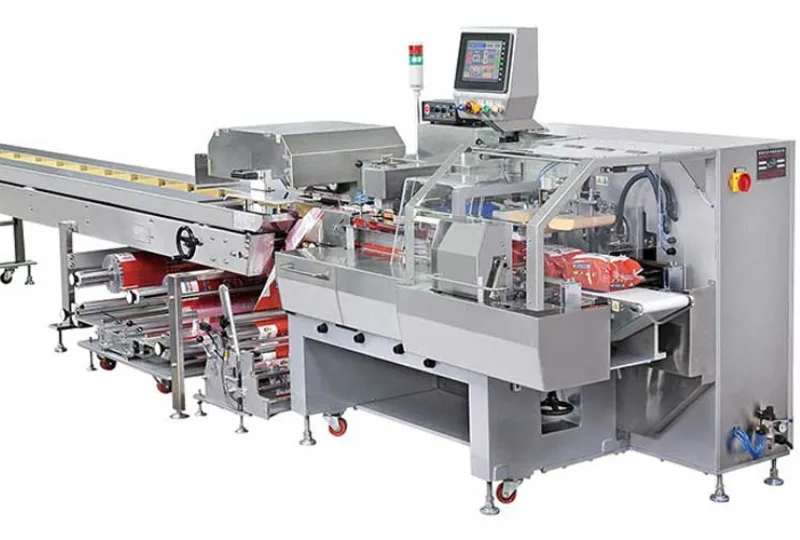Revolutionizing Vegetable Packaging: A Sustainable Approach
Revolutionizing Vegetable Packaging: A Sustainable Approach
As global awareness of environmental issues continues to grow, the demand for eco-friendly solutions in all industries is on the rise. In the realm of food packaging, specifically vegetable packaging, the need for sustainable practices has never been more pressing. Conventional plastic packaging not only contributes to plastic pollution but also affects the freshness and quality of the produce it contains. In response to these challenges, the movement towards innovative and eco-conscious vegetable packaging solutions has gained significant momentum in recent years.
The Problems with Conventional Packaging
Traditional vegetable packaging, often made of single-use plastics, poses numerous environmental problems. From the heavy reliance on non-renewable resources for production to the inefficient disposal methods that lead to pollution, the drawbacks of conventional packaging are clear. Furthermore, these packaging materials do little to preserve the freshness and shelf life of the vegetables, leading to food wastage and financial losses for both producers and consumers.
Introducing Sustainable Solutions
Amidst these challenges, a wave of sustainable vegetable packaging solutions has emerged, offering innovative alternatives that prioritize both the planet and product quality. From compostable bags made of plant-based materials to biodegradable trays and containers, the options are diverse and promising. These sustainable alternatives not only reduce the environmental impact of packaging but also enhance the appeal of the vegetables they contain, catering to the growing demand for ethically sourced and environmentally friendly products.
Benefits for Producers and Consumers
Switching to sustainable vegetable packaging is a win-win for both producers and consumers. For producers, adopting eco-friendly packaging solutions can lower production costs, improve brand image, and attract environmentally conscious consumers. Consumers, on the other hand, benefit from fresher produce, reduced plastic waste, and the satisfaction of supporting sustainable practices. By making the switch to sustainable packaging, both parties contribute to a healthier planet and a more sustainable future.
Challenges and Future Outlook
While the shift towards sustainable vegetable packaging is promising, it is not without its challenges. From the higher initial costs of biodegradable materials to the need for widespread adoption and infrastructure improvements, there are hurdles to overcome. However, with growing consumer awareness and technological advancements, the future looks bright for sustainable vegetable packaging. As more companies prioritize sustainability and invest in innovative solutions, the days of plastic-wrapped vegetables may soon be a thing of the past.
In Conclusion
Revolutionizing vegetable packaging through sustainable practices is not just a trend but a necessity in today’s world. By embracing eco-friendly alternatives and taking steps to reduce plastic waste, we can safeguard the environment, improve food quality, and create a more sustainable food system for future generations.
-
01
Automatic Tray Loading and Packaging Equipment: Boost Efficiency to 160 Bags/Minute
21-11-2025 -
02
Automatic Soap Packaging Machine: Boost Productivity with 99% Qualification Rate
21-11-2025 -
03
A Deep Dive into Automatic Toast Processing and Packaging System
18-11-2025 -
04
The Future of Bakery Production: Automated Toast Processing and Packaging System
18-11-2025 -
05
Reliable Food Packaging Solutions with China Bread, Candy, and Biscuit Machines
11-10-2025 -
06
High-Performance Automated Food Packaging Equipment for Modern Production
11-10-2025 -
07
Reliable Pillow Packing Machines for Efficient Packaging Operations
11-10-2025 -
08
Advanced Fully Automatic Packaging Solutions for Efficient Production
11-10-2025 -
09
Efficient Automatic Food Packaging Solutions for Modern Production
11-10-2025 -
10
Advanced Automatic Packaging Equipment for Efficient Production
11-10-2025



